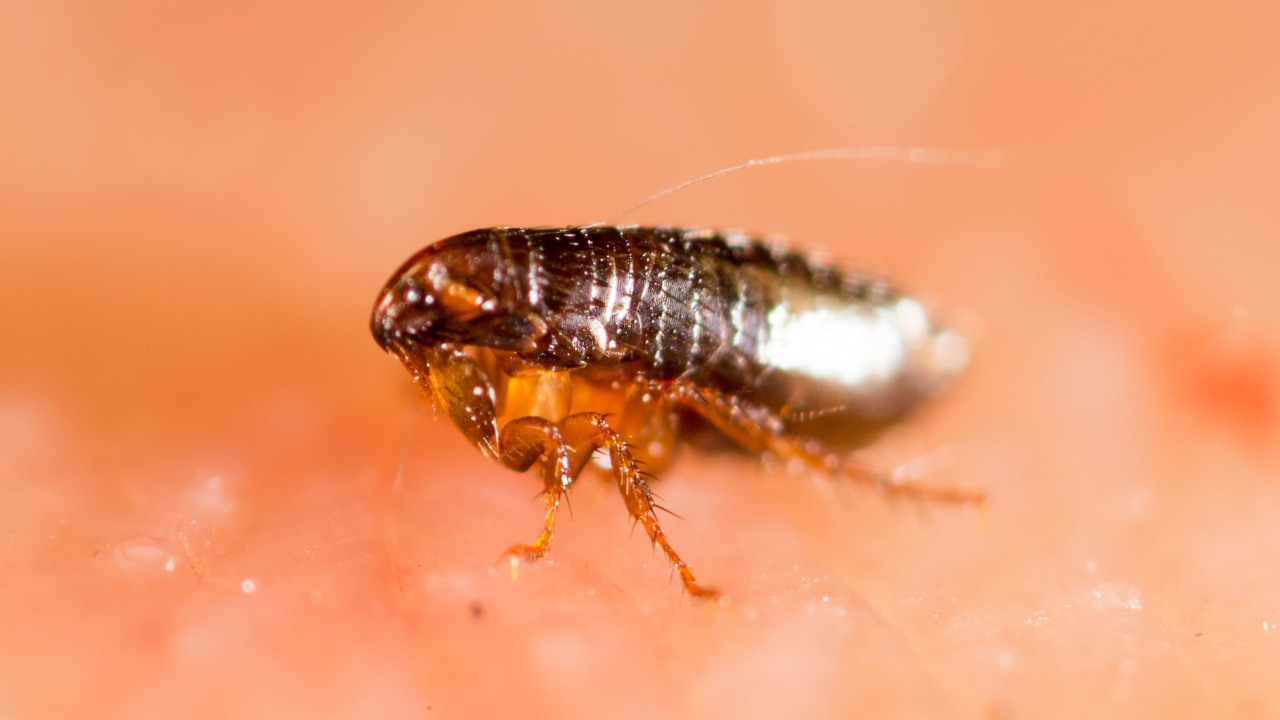Do you know that fleas don’t just thrive on your pets? They can live in your home too! Your bed, carpet, and sofa are just as vulnerable to flea infestations as your pets. There are a lot of articles online on how to get rid of the fleas around your home, but how do you tell if fleas are gone from your home?
1. Look for the signs of a flea infestation
The first thing you should do is to look for the signs of a flea infestation. If the signs are there, it’s likely that the infestation in your home has not been completely eliminated. This can be a problem because the fleas can just breed and spread again, making your previous flea control methods useless.
- You see live fleas and their eggs. Fleas are small and oval-shaped insects that look like they have hard shells, but thankfully, they are squishy. Fleas are well-aware of their vulnerabilities, so they hide well around your home and on your pet. Their eggs are also oval-shaped and white. They have a very uniform shape, so you won’t mistake them for dandruff and other specks that may have irregular shapes and sizes.
- There seems to be something wrong with your pet. Your pet bites, licks, and scratches herself every so often. That’s perfectly normal. But you know your pet enough to know if they are doing these things too much. If you see other signs, such as agitation, fur loss, and skin redness, you may want to get your pet checked for fleas. A flea infestation on your pet can give way to a flea infestation in your home.
- You get insect bites. If you see itchy, small, and red bumps all over you, they are likely to be insect bites. Flea bites are a little different from other insect bites, like bed bug bites. You will feel a sting when fleas bite you. And the affected area can become itchy and red almost immediately. You will often see flea bites on the lower part of your body, like your ankles and knees.

2. Get rid of the fleas in your home and pets
If you suspect you have a flea infestation in your hands, you have to get rid of the fleas both in your home and on your pet. If you don’t get rid of the fleas in your home, they can infest your pet. And vice versa.
Get rid of fleas in your home
- Use a vacuum or steam cleaner. The most accessible way to get rid of fleas is through a vacuum cleaner. Simply vacuum all surfaces where they can thrive, such as your carpets, curtains, mattresses, and soft-cushioned chairs and sofas. Give particular attention to the cracks, folds, gaps, and holes. After vacuuming, make sure to throw away the vacuum bag in a garbage can outside your home to prevent reinfestation. You can complement vacuuming with steam cleaning. The heat can kill the fleas and their eggs.
- Try natural solutions. There are also some home remedies you can try. For instance, you can sprinkle boric acid, diatomaceous earth, or salt over areas with high flea activity. They are toxic to fleas. But be careful of boric acid in particular. It is toxic to humans and pets too, not to mention that it can bleach and destroy carpets.
- Maintain your home’s exterior. You can tell that fleas are truly gone from your home if you don’t see them both inside and outside. Yes, fleas can thrive outside your home — in your garden, lawn, or yard. That’s why it’s important to maintain your home’s exterior. Keep bushes, grasses, plants, and trees, kempt to prevent fleas from thriving there. If you don’t, your pet may get the fleas when she plays outside, and she may end up bringing the fleas inside your home.
Get rid of fleas on your pet
- Consult a veterinarian. The best way to get rid of fleas on your pet is by consulting a veterinarian. The medical professional will be able to diagnose your pet’s condition and medical history to give the appropriate flea treatment. Flea treatments are also not without danger. Flea treatment toxicity exists, and getting the help of a veterinarian will surely make the flea treatment process more effective and safe.
- Try over-the-counter flea treatments. There are over-the-counter flea treatments you can also try if you don’t have time to consult a veterinarian. But it may take more work because you have to understand the flea treatment yourself. Read the instructions on the labels carefully and follow them diligently. Also, note that cats and dogs have different flea treatments. Don’t use a product that is not meant for your pet.
- Be careful of flea treatment toxicity. Your pet can suffer from flea treatment toxicity if she ends up ingesting a flea treatment that is meant to be applied topically. For instance, if she licks herself when the flea treatment is not yet dry or when she plays with another pet in your household that is undergoing flea treatment, she may end up ingesting the product. A pet suffering from flea treatment toxicity can experience diarrhea, difficulty in breathing, seizures, vomiting, and even death.

3. Check again for the signs
You can tell if fleas are gone from your home if you don’t see the signs of a flea infestation anymore. This is why you should always look for the signs in both your home and on your pet. If you see the signs, fleas may still be around, and that puts both you and your pet at risk.
In your home, look for live fleas and eggs, observe if your pet is acting weirdly, and pay attention if anyone has insect bites. On your pet, be on the lookout for behavioral and physical changes like agitation, fur loss, and skin redness.
Continue getting rid of the fleas until you no longer see the signs of a flea infestation.
Get rid of fleas in your home now
So, how can you tell if the fleas are truly gone from your home? If you don’t see the signs of a flea infestation in both your home and on your pet, it’s likely that your flea problem has been solved. Getting rid of fleas on both your home and pet is important because getting rid of those in one area will be useless if those from other areas can just reinfest them.
You can get rid of fleas in your home and on your pet on your own. But it’s also a good idea to get help from pest control professionals and veterinarians.


Fleas are annoying. Infestations of fleas in your home often occur before you realize you have fleas. In dogs, flea bites can be painful and cause intense itching, skin flaking, scabs, and hot spots.
In the tips mentioned, everyone can learn about how to determine whether or not fleas have been removed from their homes and follow those tips so they can know for sure. I found this blog to be really helpful. I appreciate you sharing it with us.
Hi Manoj,
Thanks for commenting and so happy to hear that you find our article on fleas helpful.
Best wishes,
Deal With Pests
How do you kill them all I want to know
Hi Mike,
I hope you are well and I am sorry for the delay in replying.
Have you seen this article ‘How To Get Rid of Fleas Natually — https://www.dealwithpests.com/get-rid-of-fleas-naturally/
I hope this helps.
Best wishes,
Deal With Pests
I have not seen any fleas or eggs. The only signs that I have seen are bites to me! especially around my middle and hair line. Is this normal? I have a dog which shows no signs of fleas but I have treated him to make sure. I have also washed everything and used a flea bomb – started in the bedroom and will do the rest of the house. Is there anything further you recommend I do?
Hi CE,
Thanks for getting in touch.
That sounds encouraging. Perhaps it is not fleas — if your dog is clear and you cannot see fleas or eggs? We have this article that may help: https://www.dealwithpests.com/flea-bites-vs-bed-bug-bites-differences-explained/ and this one as well: https://www.dealwithpests.com/6-ways-to-protect-yourself-from-flea-bites/
I hope this helps.
Best wishes,
Deal with Pests